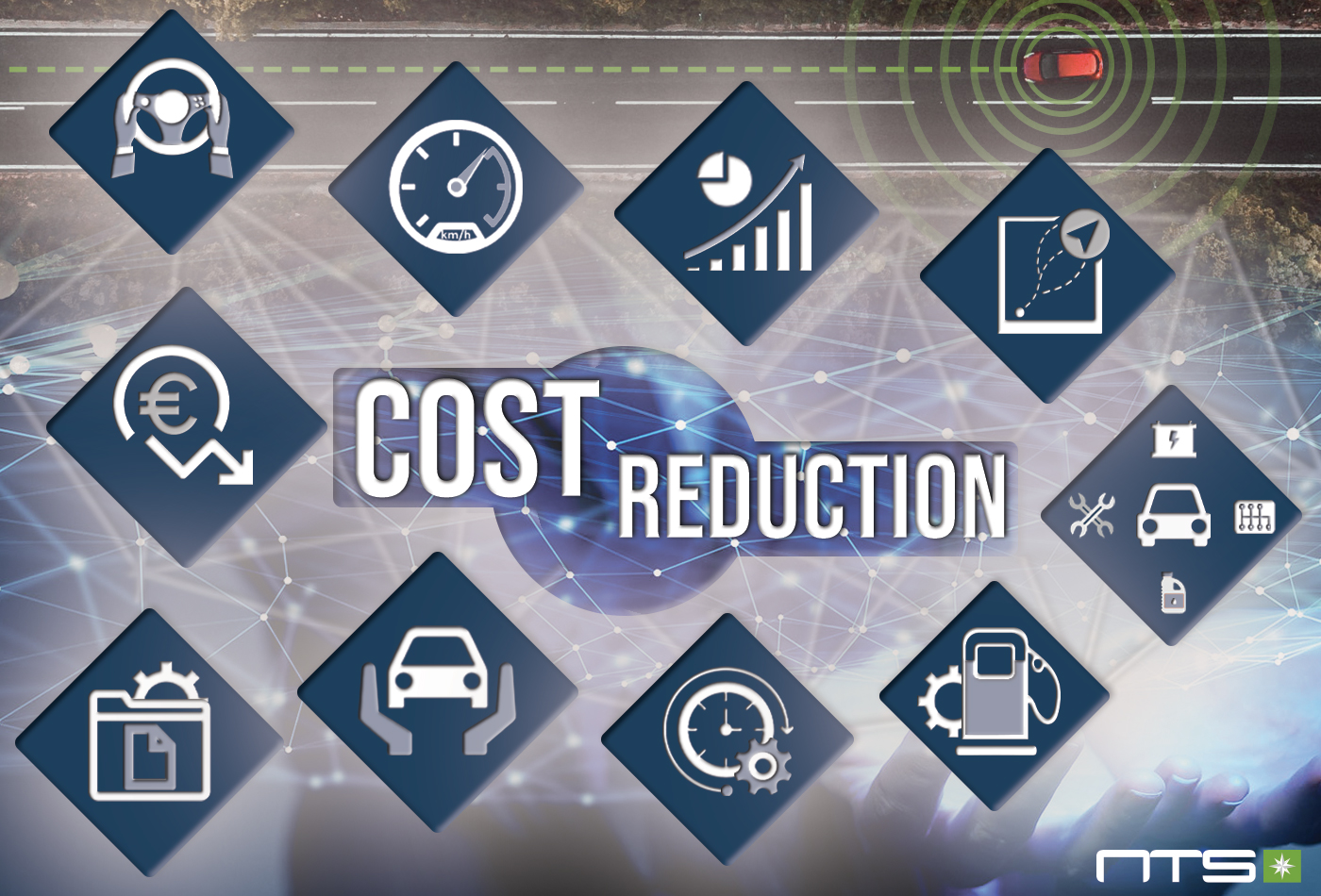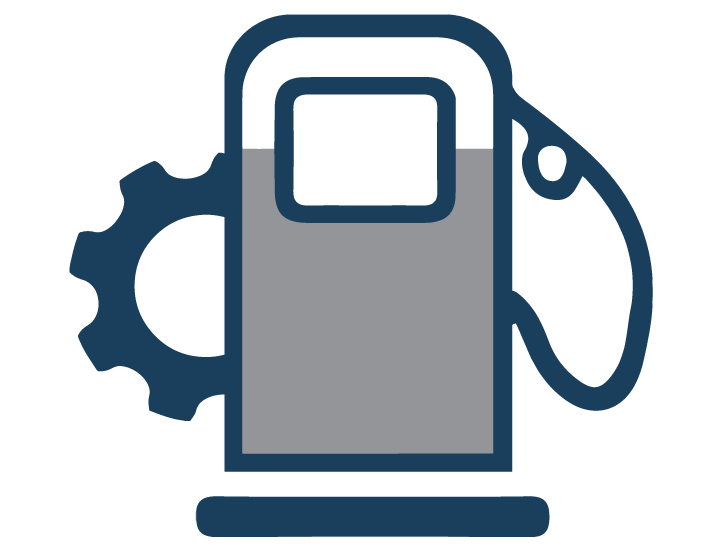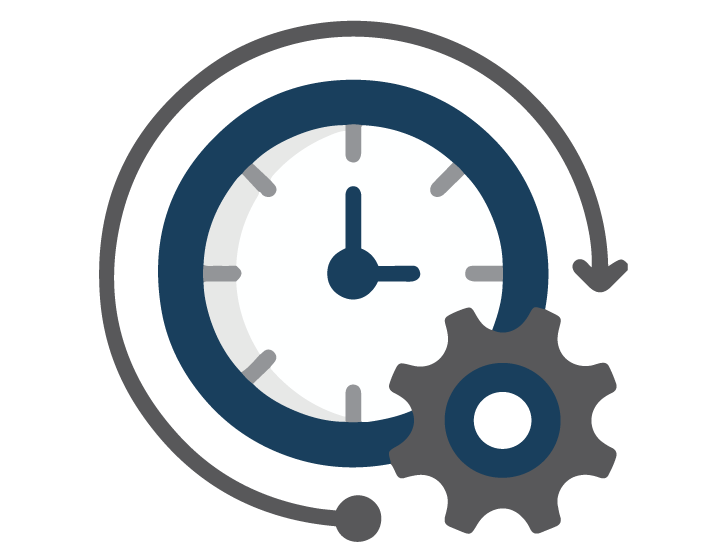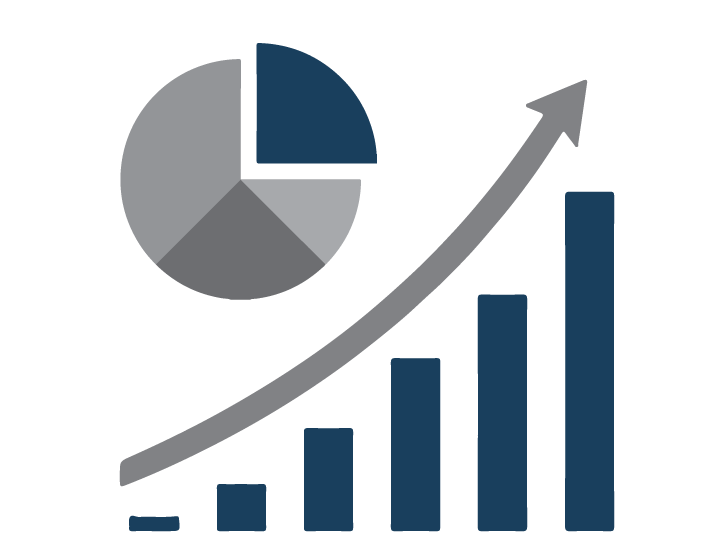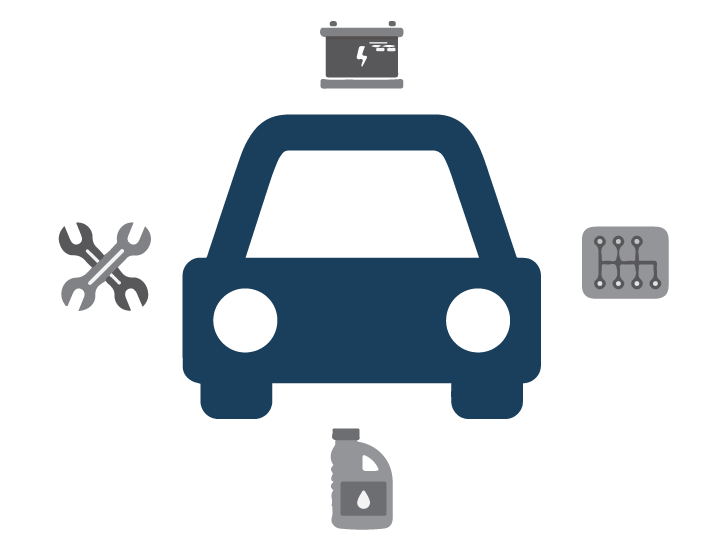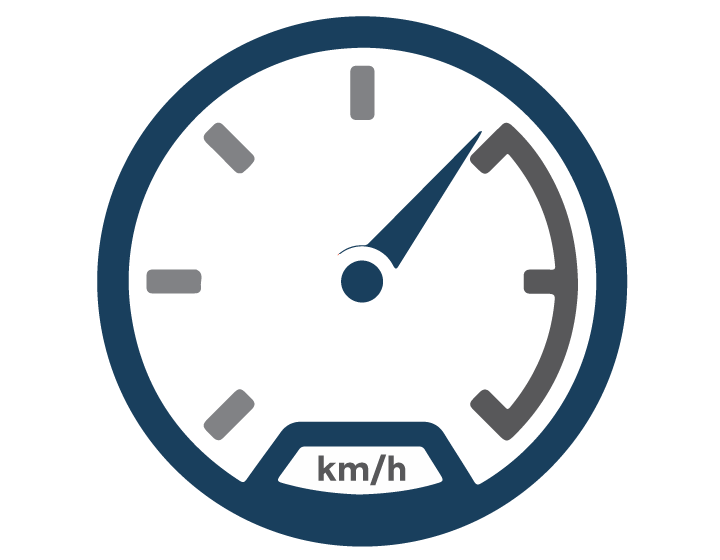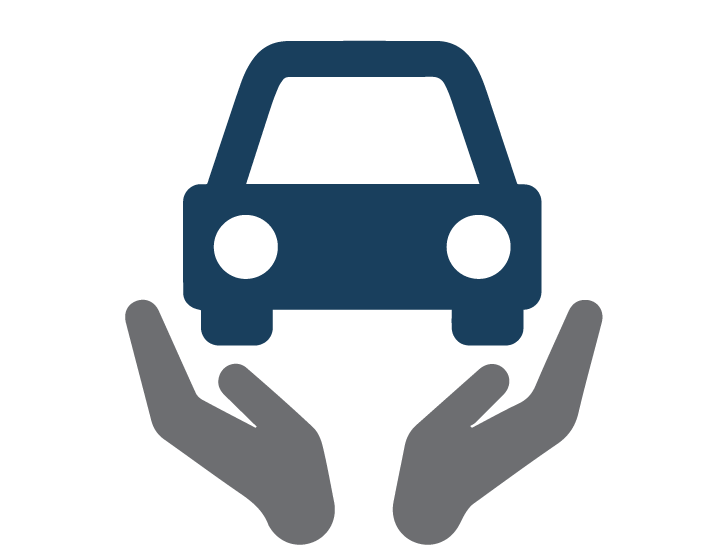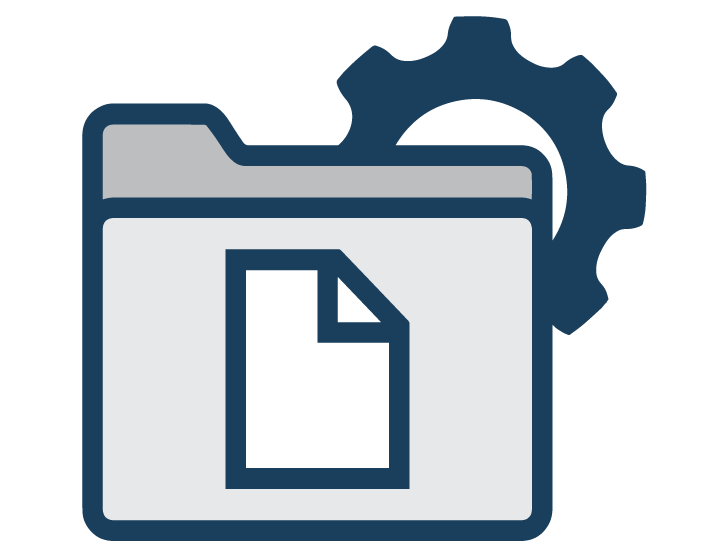Author: Prof. Dr. Milorad Kilibarda
Nowadays, transport and fleet managers are under constant pressure to minimize costs. In general, this can be achieved in different ways. Some possible approaches require major changes and significant investments, for which a good number of companies are still not ready. Other approaches involve continuous improvement, without a significant commitment of additional resources and greater investments. This second group includes operational transport and fleet management systems, such as the Fleet Management System, whose advanced solutions provide at least ten ways to reduce transportation and fleet costs.
Vehicle Routing
An advanced Fleet Management System with a software solution for vehicle routing assigns cargo, optimal routes, delivery points, a sequence of site visits, unloading, and delivery to each vehicle. The system provides transport solutions, according to which vehicles move on optimal shortest path routes with the shortest transport time and minimal empty running.
Advanced routing systems consider the real-time traffic situation, thus avoiding congestion, fewer stops on the road, shorter downtime, and waiting times in traffic. Also, route optimisation systems take into account traffic predictions according to the days of the week, part of the day, location within the city area, and the like. All of the above points to significant savings that can be achieved by properly routing vehicles. There is no doubt that routing ensures that the transport and delivery of goods, ie passenger transport, is more economical and efficient. However, “manual” routing or inefficient route planning applications often lead to errors, delays, or incorrect deliveries, which could prove very costly for the company in the long run. For all these reasons, it is necessary to use the Fleet Management System with advanced vehicle routing applications. Experience shows that these solutions provide savings, ranging up to 30% of total transport costs. The practice has shown that advanced vehicle routing in combination with fleet management and monitoring system can reduce fuel consumption by 5-20%.
.
Fuel Management
Fuel costs are the second-highest transportation costs, after labour costs. Fuel costs account for 20-25% of total transportation costs.
Reducing fuel consumption is the number one priority for any fleet management. In order to save money, you need to have an insight into spending. The advanced Fleet Management System enables measurement and monitoring of the amount of fuel in the tank, drop-in fuel levels, control of filling, and monitoring of consumption according to the achieved mileage and operating time of the vehicle. The system enables significant savings in fuel consumption.
The advanced Fleet Management System enables measurement and monitoring of the amount of fuel in the tank, drop-in fuel levels, control of filling, and monitoring of consumption according to the achieved mileage and operating time of the vehicle. The system enables significant savings in fuel consumption..
Time Management
GPS and telemetry solutions within the Fleet Management System provide insight into the position and condition of the vehicle in real-time. Based on this information, it is possible to manage the time of the transport of goods or passengers, ie the time of engagement and operation of the vehicle.
The goal is to deliver the right goods to the right place at the right time, that is, to find the right person at the right place and meeting. Weather information helps to realise transport processes more efficiently, taking into account all factors in traffic and the environment that can slow down the process, cause delays, time losses, and delays.
Increase Efficiency and Productivity
Because the Fleet Management System assigns transport tasks to the most suitable vehicles and drivers, with the right skills and the required working time, this results in the absolute best use of the fleet and human resources. For example, companies can increase and maximize the number of rides, ie delivery of goods in each shift, or increase the number of shifts due to time savings. Simply put, the system increases the efficiency and productivity of drivers and vehicles.
By using an advanced fleet management system, fleet managers gain greater flexibility in managing their vehicles and drivers. For example, they can initiate additional shifts or schedule return visits, pick up empty packaging in the same shift, and so on. This reduces the need for additional vehicle and driver engagement. Thanks to these control systems, the same transport tasks can be accomplished with a smaller number of vehicles. And not only that but over time, companies realise that with fewer vehicles they can achieve a better result. It is not uncommon for them to give up on the originally planned purchase and purchase of additional vehicles. On the contrary, due to increased productivity, there is a reduction in the vehicle fleet, even if the volume of work remains the same or even increases.
Fleet Maintenance Management
Many recent studies and researches worldwide indicate an increase in the cost of fleet maintenance. There are several reasons for this. As means of transportation become more sophisticated, their maintenance in top condition becomes more and more complex and expensive. One of the important factors influencing maintenance is the lack of drivers, which has been bothering the transport market in recent years.
Companies hire less experienced drivers, and therefore vehicles have less efficient driving and more wear. In addition to transport managers trying to estimate how much maintenance costs them, research has shown that only 32% of managers have the right maintenance data. With the Fleet Management System, fleet maintenance can be significantly improved and overall costs reduced. The system solution for keeping the service book and maintenance costs, makes the system completely visible and enables not only an insight into the actual maintenance costs, but also provides all the information necessary for preventive maintenance. Maintenance can also be scheduled based on actual mileage data in real-time, rather than specific time intervals. For example, maintenance and service schedules can be planned with minimal disruption to basic work. If this is observed together with routing where vehicles move on the shortest possible routes, drive optimally with fewer stops and starts, less wear achieves a synergistic effect that results in significant savings in direct and indirect costs. Thus, vehicle wear is reduced, vehicle life and safety are extended, along with the optimization of administrative work. Telematics can also provide information on vehicle diagnostics, providing insight into the condition of the vehicle, which allows the vehicle to be serviced preventively before something "goes wrong". This certainly helps reduce downtime and repair costs. In the end, systemically, instead of manually managing maintenance, reduces unnecessary administration, and leaves more work for managers to deal with essential tasks related to planning and process management.
Speed Control
Another great benefit of the advanced Fleet Management System is the ability to monitor and control vehicle speed. Speed in various ways affects cost reduction. For example, it directly affects fuel consumption, vehicle wear and maintenance, and traffic safety.
The research done in America has shown that any increase in speed by 10%, over the prescribed value, increases fuel consumption by over 17%. Advanced Fleet Management Systems not only allow managers to monitor and analyze vehicle speed reports but also to alert drivers through automatic alarms when they exceed the speed limit. In essence, the system allows not only control but also speed management. This brings significant savings to companies in fuel consumption, maintenance, payment of fines, costs of traffic accidents, and the like.
Increase Safety
Every ride is risky in itself, and accidents happen to even the most experienced drivers. Accidents occur that lead to: higher fines due to traffic violations, higher insurance premiums, vehicle repair costs, vehicle downtime, etc.
There are also the costs of sick leave and the treatment of the driving staff. Advanced Fleet Management System with an application for vehicle routing, navigation, alarms, monitoring, and control of speed, manner, and style of driving greatly contribute to increasing traffic safety, and thus reducing direct and indirect costs.
Improving Driving Style
Fleet and transport managers regularly question whether their drivers are behaving in a way that unnecessarily increases fuel costs, vehicle maintenance, or endangers safety. It also raises questions about how to improve the driving style and driver behaviour in order to reduce and keep costs under control. In addition to the above, managers often wonder how to keep the driving staff as safe as possible on the road and to avoid stress and overwork. The answers to these questions are provided by the Fleet Management System with a special module for evaluating, monitoring, and improving the way and style of driving. This part is regularly followed by the module "eco-driving", ie. driving that has the least impact on environmental pollution.
The Document, Information, and Administration Management
Fleet Management System enables digital business instead of manual business management. When documents are filled in and processed manually, it increases the possibility of errors, complicates, and burdens the administration. Significant time is wasted on administrative work, instead of employees devoting themselves to the essential tasks of fleet management. By applying advanced systems for communication, processing, and transmission of information and documents, saves not only time for the administration but also the driving staff. When everything is done manually, the driver loses a part of his time on these activities, instead of devoting himself completely to driving and creating added value.
Reduction of Opportunity Costs
Transport and operation of the vehicle fleet are accompanied by significant opportunity costs, which are a consequence of the loss or unfinished business, for certain reasons.
These are mostly unpredictable costs that are difficult to measure, control, and especially difficult to manage. How to answer the questions such as what are the costs when the staff is not working after the accident, what are the costs of time lost while the vehicle is being repaired or serviced, what is the loss of income when the vehicle and staff are "stuck" in traffic, how much damage is due to late delivery or undelivered goods, missed meetings, etc.
Advanced fleet and transport management solutions, to a good extent, enable us to avoid certain situations or reduce negative impacts, which significantly contributes to the reduction of these costs and damages.
Prerequisites for Costs Reduction
The extent to which these reductions in costs and savings will be achieved depends on the solution itself and the manner of its implementation. In essence, there are three important prerequisites for success:
1. it is necessary to choose the right solution and the right provider
2. it is necessary to provide professional support to the team that implements the solutions,
3. it is necessary that the company and management be committed to the full implementation of the solution.
If the stated preconditions are not met, the full benefits provided by these solutions will not be realized. In practice, it is not uncommon for companies to be dissatisfied with the introduced solution, and the reason is precise that the stated preconditions have not been created. The companies that have provided all this and systematically introduced and installed advanced software solutions achieve significant cost savings from the first weeks of implementation. After six months of full implementation, the savings range from 10-30% of the total transport costs.

 Srbija
Srbija

 Slovenija
Slovenija Crna Gora
Crna Gora Bosna i Hercegovina
Bosna i Hercegovina